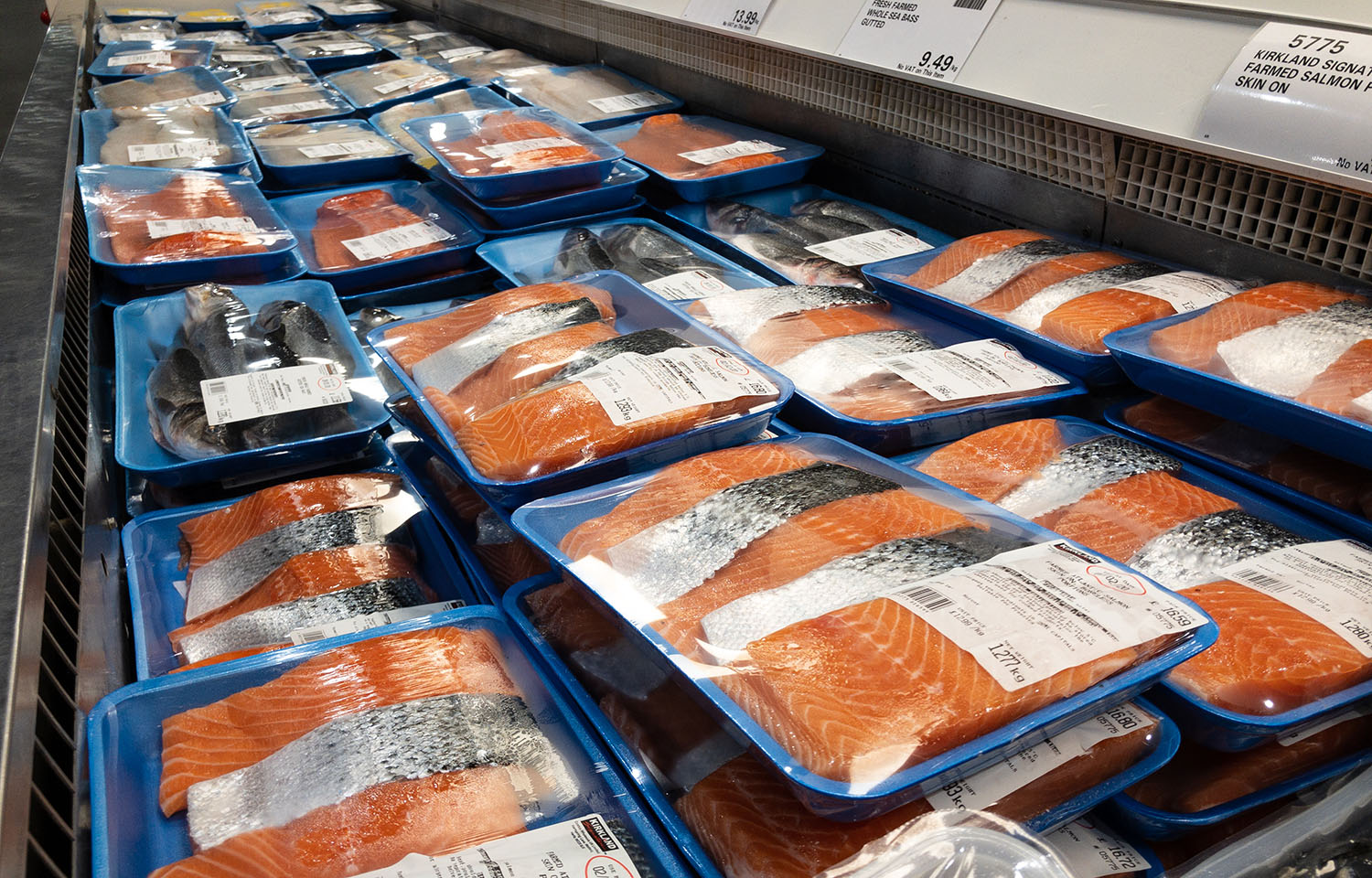After four months of deflation in grocery prices, prices rose in the U.K. in July.
Grocery inflation increased 1.8 percent in July, up from 1.6 percent in June. Prices are up month over month for the first time since March 2023, research firm Kantar said in a press release.
Kantar Head of Retail and Consumer Insight Fraser McKevitt said the increase was notable but not alarming.
“It actually marks a return to the average levels seen in the five years before the start of the cost-of-living crisis,” McKevitt said.
Prices rose across 182 product categories, but the costs in 89 other categories fell, according to McKevitt.
“With this kind of pricing spread, shoppers will find that the type of product they’re putting in their baskets will really dictate how much they pay,” he said. “They’re continuing to take advantage of the wide range of promotions being offered by the grocers to help keep the price of shopping down.”
Spending on deals rose by 15 percent in July, while sales of products at their usual price saw no increase, according to McKevitt.
U.K. grocery take-home sales rose 3.8 percent in the four weeks to 4 August 2024 compared with a year ago, according to Kantar.
The start of the Olympics and the UEFA European Football Championship this summer helped spur grocery sales.
“While people continue to make smart choices to manage their budgets, we should never underestimate Britons' love of big occasions.” McKevitt said.
U.S. grocery prices also rose slightly in July, but the U.S. government noted that seafood prices continued to drop.
The U.S. Bureau of Labor Statistics’ July Consumer Price Index, released 14 August, found the U.S. food index rose 2.2 percent compared to July 2023 and increased 0.2 percent from June to July. The index for food at home rose 1.1 percent compared to last July, and the price average for food away from home soared 4.1 percent.
However, U.S. seafood prices ...








